Home>Furniture & Design>Bathroom Accessories>Why Is My Toilet Bowl Yellow
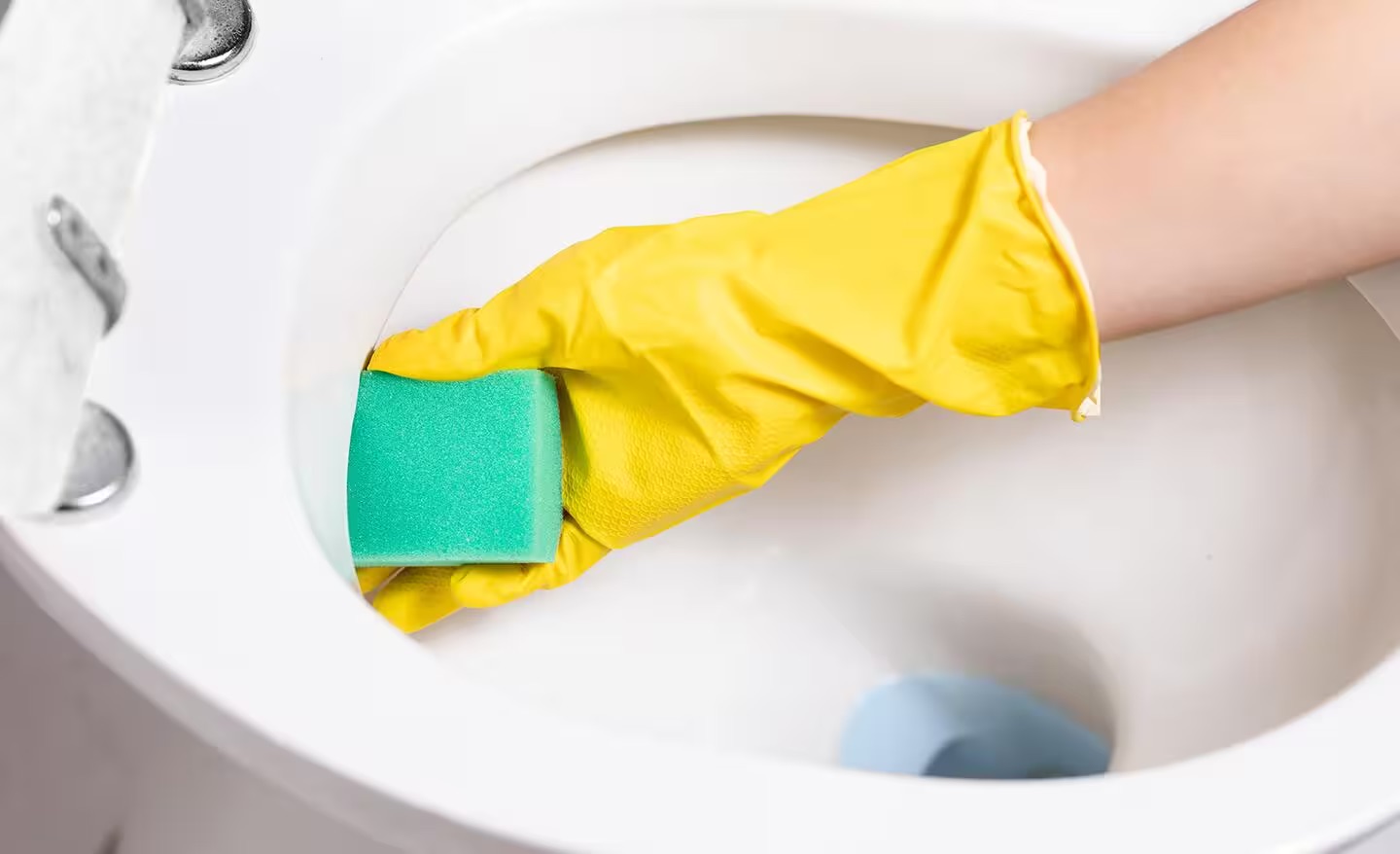

Bathroom Accessories
Why Is My Toilet Bowl Yellow
Modified: February 18, 2024
Discover the reasons behind your yellow toilet bowl and find the best bathroom accessories to keep it clean and fresh. Learn how to maintain a sparkling clean toilet with our expert tips.
(Many of the links in this article redirect to a specific reviewed product. Your purchase of these products through affiliate links helps to generate commission for Storables.com, at no extra cost. Learn more)
Introduction
Have you ever walked into your bathroom, only to be greeted by the unsightly sight of a yellow-stained toilet bowl? If so, you're not alone. Many homeowners have encountered this common issue, and it can be a source of frustration and embarrassment. However, understanding the causes of a yellow toilet bowl and learning effective solutions can help you restore your bathroom to its pristine state.
A yellow toilet bowl is not only unattractive but can also indicate underlying issues that need to be addressed. Whether the stains are caused by mineral deposits, hard water, or other factors, it's essential to tackle the problem head-on to maintain a clean and hygienic bathroom environment. Fortunately, there are various methods and products available to combat these stubborn stains and prevent their recurrence.
In this comprehensive guide, we will delve into the root causes of yellow stains in toilet bowls, explore effective solutions to remove these stains, and provide practical tips for preventing their reappearance in the future. By the end of this article, you'll be equipped with the knowledge and strategies needed to tackle yellow stains and maintain a sparkling clean toilet bowl. So, let's roll up our sleeves and dive into the world of bathroom maintenance to bid farewell to those pesky yellow stains!
Key Takeaways:
- Say goodbye to yellow stains in your toilet bowl by using natural remedies like vinegar and baking soda, or commercial cleaners with hydrochloric acid. Regular maintenance and water-softening agents can also prevent future discoloration.
- Prevent yellow stains in your toilet bowl by implementing regular cleaning, using water-softening agents, and conducting periodic vinegar rinses. Encourage hygienic practices and incorporate citrus-based cleaners to maintain a pristine and stain-free bowl.
Read more: Why Is My Toilet Bowl Bubbling
Causes of Yellow Toilet Bowl
Yellow stains in a toilet bowl can be attributed to various factors, ranging from mineral deposits to environmental conditions. Understanding the underlying causes of these unsightly stains is crucial in effectively addressing the issue. Here are the primary culprits behind a yellow toilet bowl:
-
Hard Water: One of the most common causes of yellow stains in toilet bowls is hard water. When water with high mineral content, particularly calcium and magnesium, flows through the plumbing system and into the toilet bowl, it can leave behind stubborn yellowish deposits over time. These mineral deposits, known as limescale or calcium carbonate, can accumulate on the porcelain surface, resulting in unsightly discoloration.
-
Mineral Deposits: Apart from hard water, mineral deposits from the water supply can also contribute to yellow stains. These deposits often manifest as yellow or brownish rings around the waterline and within the bowl, tarnishing its appearance. The presence of iron, manganese, or other minerals in the water can exacerbate the formation of these stains, especially in areas with high mineral content in the water supply.
-
Bacteria and Mold: In some cases, yellow discoloration in a toilet bowl may be caused by the growth of bacteria and mold. When moisture and organic matter accumulate in the bowl, it creates an ideal environment for microbial growth. Over time, these microorganisms can form yellowish or brownish stains, signaling the presence of unsanitary conditions that require prompt attention.
-
Environmental Factors: Environmental elements, such as air quality and humidity, can also play a role in causing yellow stains. For instance, exposure to airborne particles, dust, and pollutants can settle on the toilet bowl's surface, leading to discoloration over time. Additionally, high humidity levels in the bathroom can contribute to the growth of mold and mildew, further exacerbating the yellowing of the toilet bowl.
Understanding these underlying causes of yellow stains in a toilet bowl is essential for implementing targeted solutions to effectively remove the discoloration. By identifying the specific factors contributing to the stains, homeowners can take proactive measures to restore the toilet bowl to its pristine condition and prevent future yellowing.
To remove yellow stains in your toilet bowl, try using a mixture of baking soda and vinegar. Let it sit for a few hours, then scrub with a toilet brush. This natural solution can help remove the stains and leave your toilet bowl looking clean.
Solutions to Remove Yellow Stains
Addressing yellow stains in a toilet bowl requires a strategic approach to effectively eliminate the discoloration and restore the bowl to its original luster. Fortunately, there are several proven solutions and techniques that can tackle the stubborn yellow stains, providing homeowners with a clean and hygienic bathroom environment. Here are the key strategies for removing yellow stains from a toilet bowl:
-
Vinegar and Baking Soda: A powerful and natural cleaning combination, vinegar and baking soda can work wonders in removing yellow stains. To use this method, start by pouring a cup of vinegar into the toilet bowl and allowing it to sit for several hours or overnight. Next, sprinkle baking soda onto the stained areas and scrub the bowl using a toilet brush. The effervescent reaction of vinegar and baking soda helps break down mineral deposits and stains, making them easier to remove.
-
Commercial Cleaners: There are numerous commercial cleaners specifically formulated to tackle tough toilet bowl stains, including yellow discoloration. Look for cleaners containing hydrochloric acid or other effective ingredients designed to dissolve mineral deposits and stubborn stains. Follow the manufacturer's instructions for application and safety precautions, and use a toilet brush to scrub the bowl thoroughly.
-
Pumice Stone: For particularly stubborn yellow stains, a pumice stone can be a valuable tool for physical abrasion. Wet the pumice stone and gently rub it against the stained areas of the toilet bowl. The abrasive action of the pumice stone helps remove mineral deposits and discoloration without damaging the porcelain surface. It's important to use caution and gentle pressure to avoid scratching the bowl.
-
Citric Acid: Citric acid, commonly found in lemon juice or as a standalone cleaning product, is effective in combating yellow stains. Squeeze fresh lemon juice into the toilet bowl and allow it to sit for some time to break down the stains. Alternatively, citric acid powder can be dissolved in water and used as a cleaning solution. After allowing the citric acid to work its magic, scrub the bowl to remove the loosened stains.
-
Regular Maintenance: Implementing a routine cleaning schedule is essential for preventing the buildup of yellow stains in the toilet bowl. Regularly cleaning the bowl with a toilet brush and mild cleaning agents can help prevent mineral deposits and discoloration from taking hold. Additionally, using water-softening agents or installing a water softener can reduce the impact of hard water on the toilet bowl.
By employing these effective solutions, homeowners can bid farewell to yellow stains and restore the pristine appearance of their toilet bowls. Whether opting for natural cleaning remedies or commercial products, the key is to address the underlying causes of the stains and implement proactive measures to prevent their recurrence.
Preventing Yellow Stains in the Future
Preventing yellow stains in the future is essential for maintaining a clean and hygienic toilet bowl. By implementing proactive measures and incorporating preventive strategies into your bathroom maintenance routine, you can effectively thwart the recurrence of unsightly discoloration. Here are practical tips to prevent yellow stains and preserve the pristine condition of your toilet bowl:
-
Regular Cleaning: Establishing a consistent cleaning schedule is crucial for preventing the buildup of yellow stains. Use a toilet brush and mild cleaning agents to regularly scrub the bowl, focusing on areas prone to discoloration. By removing mineral deposits and microbial growth promptly, you can prevent the formation of stubborn yellow stains.
-
Water Softening: If hard water is a prevalent issue in your area, consider using water-softening agents or installing a water softener in your home. Softening the water supply can significantly reduce the accumulation of mineral deposits in the toilet bowl, minimizing the likelihood of yellow stains.
-
Vinegar Rinse: Periodically conducting a vinegar rinse can help combat potential yellowing. Simply pour a cup of vinegar into the toilet bowl and allow it to sit for a few hours or overnight. The acidic properties of vinegar aid in dissolving mineral deposits and preventing their buildup, contributing to a cleaner and stain-free bowl.
-
Hygienic Practices: Encourage hygienic practices to minimize the growth of bacteria and mold in the toilet bowl. Ensure proper ventilation in the bathroom to reduce humidity levels, as high humidity can foster microbial proliferation. Additionally, promptly address any leaks or water accumulation around the toilet to prevent the formation of yellowish stains.
-
Citrus-Based Cleaners: Incorporate the use of citrus-based cleaners, such as those containing citric acid or natural lemon juice, into your cleaning regimen. The natural acidity of citrus can help deter the formation of yellow stains and contribute to a fresher and cleaner toilet bowl.
-
Regular Inspections: Periodically inspect the toilet bowl and its components for any signs of discoloration or mineral buildup. By identifying and addressing potential issues early on, you can take proactive measures to prevent the progression of yellow stains and maintain the aesthetic appeal of the bowl.
By integrating these preventive measures into your bathroom maintenance routine, you can effectively safeguard your toilet bowl against the recurrence of yellow stains. Consistent cleaning, water softening, and the use of natural cleaning agents are key elements in preserving the pristine appearance of your toilet bowl and ensuring a welcoming and hygienic bathroom environment.
Frequently Asked Questions about Why Is My Toilet Bowl Yellow
Was this page helpful?
At Storables.com, we guarantee accurate and reliable information. Our content, validated by Expert Board Contributors, is crafted following stringent Editorial Policies. We're committed to providing you with well-researched, expert-backed insights for all your informational needs.
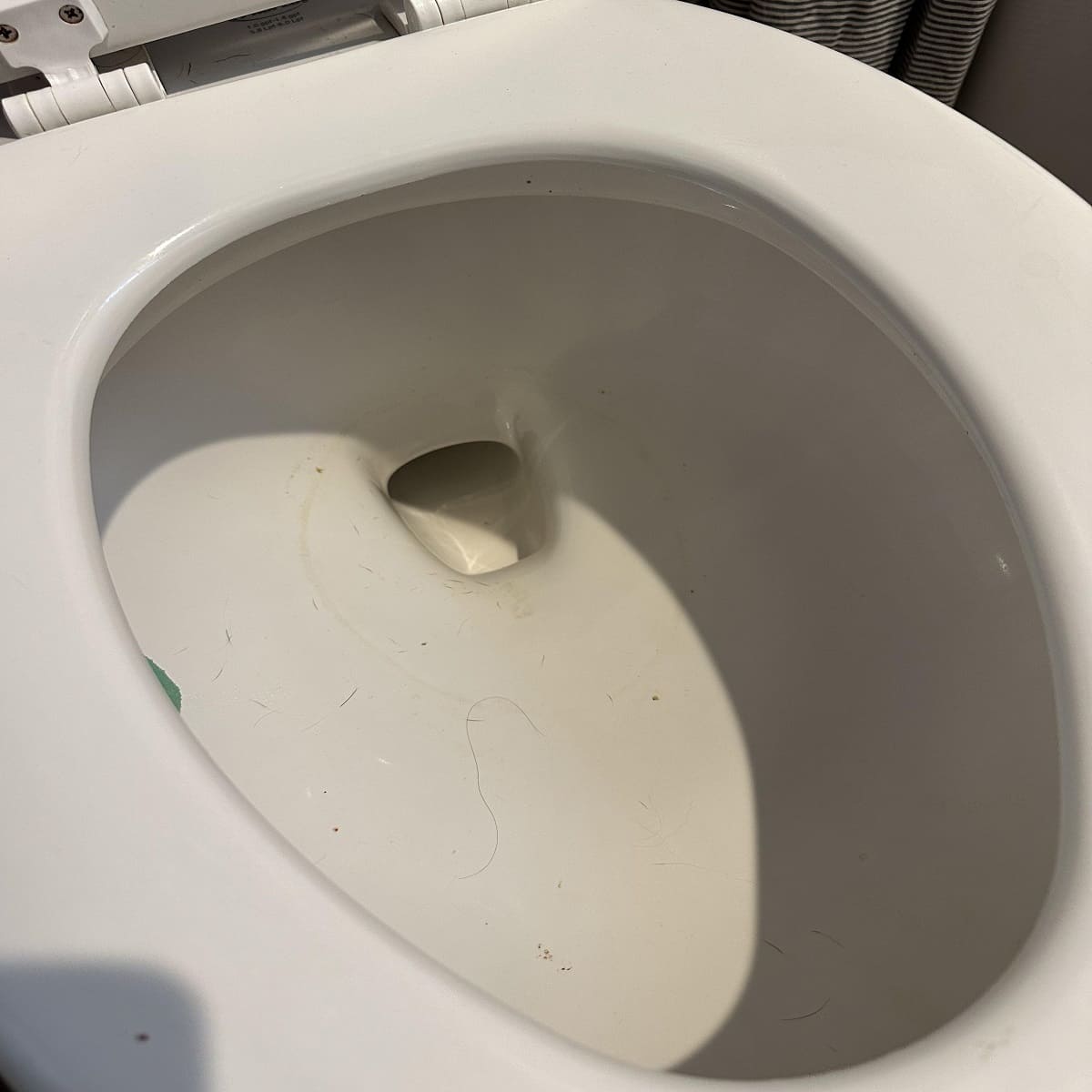
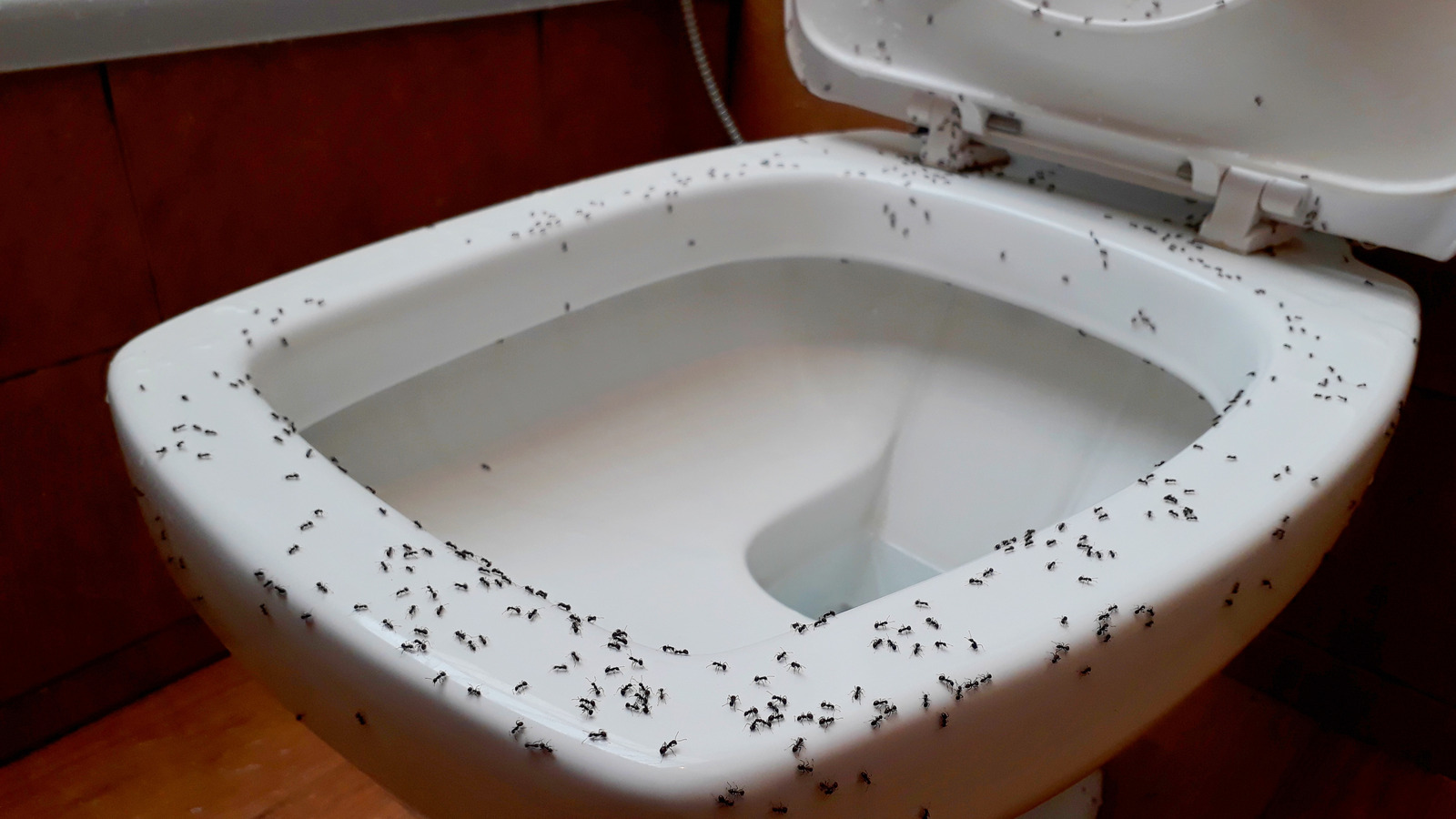
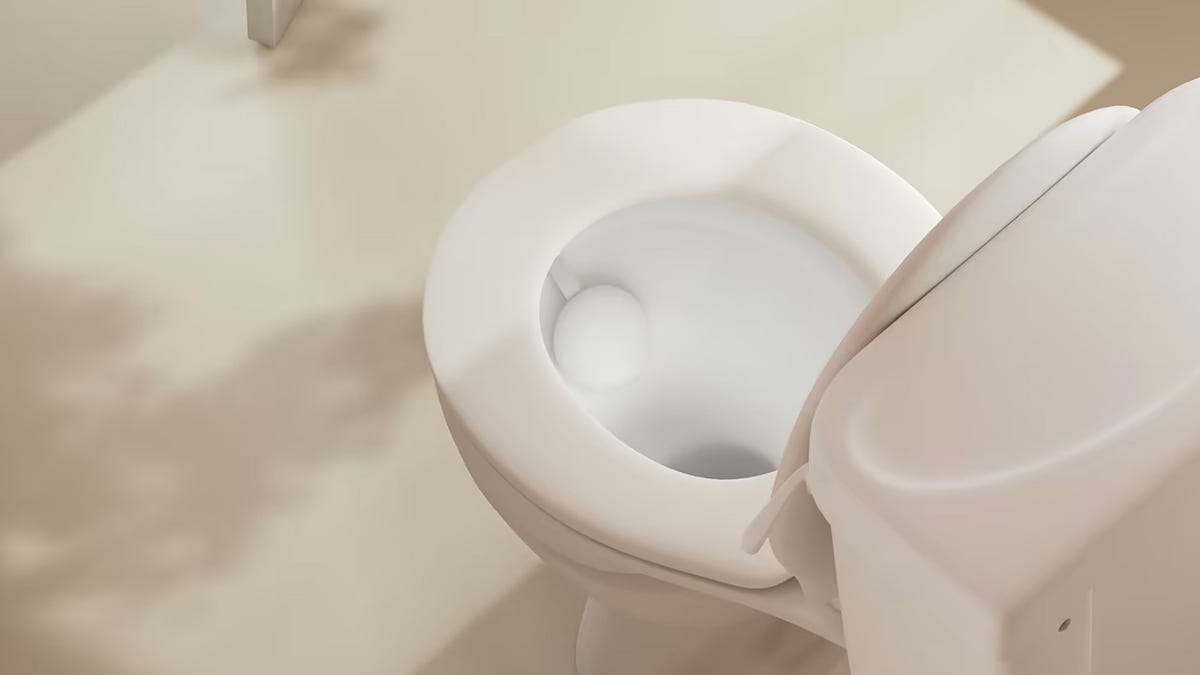
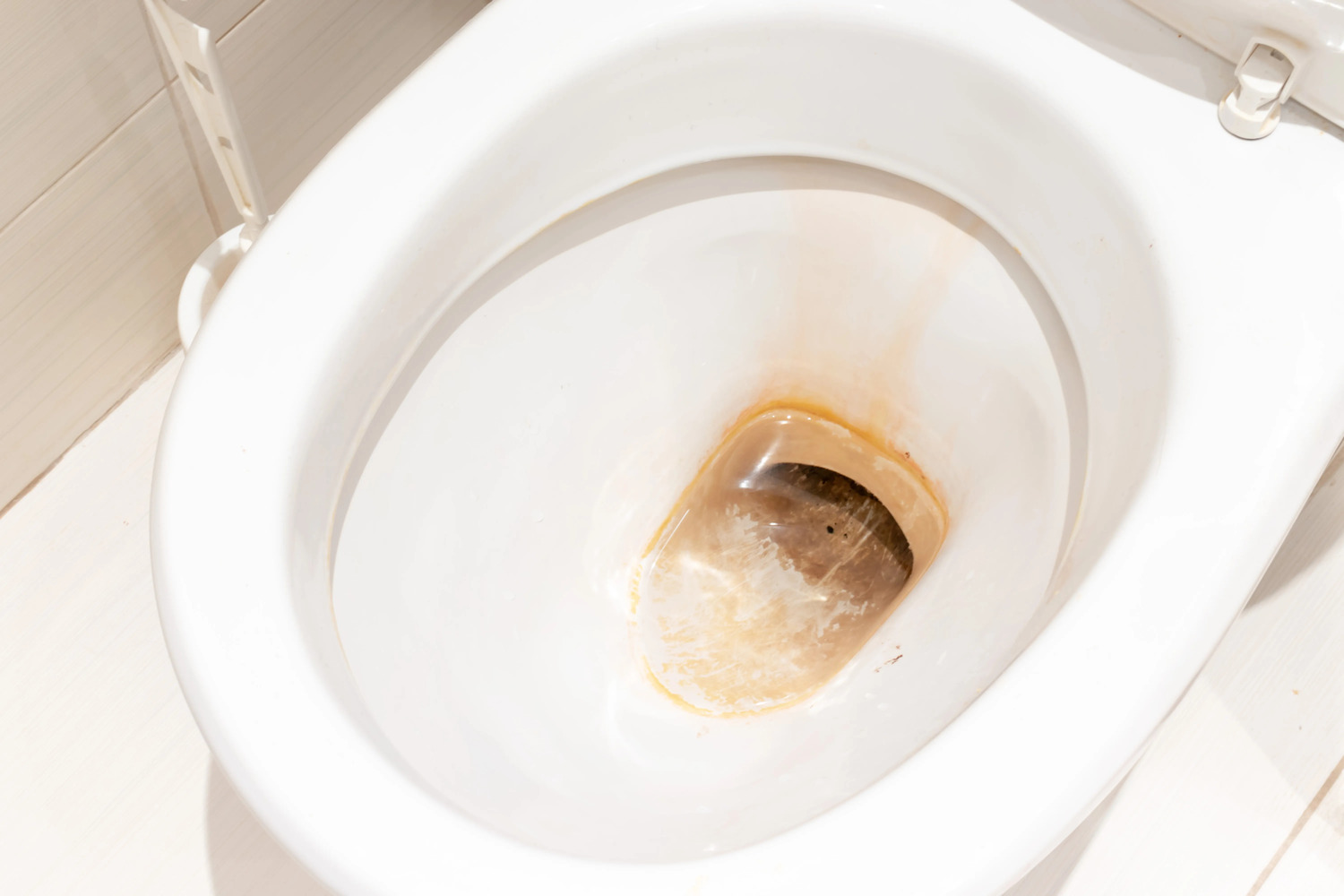
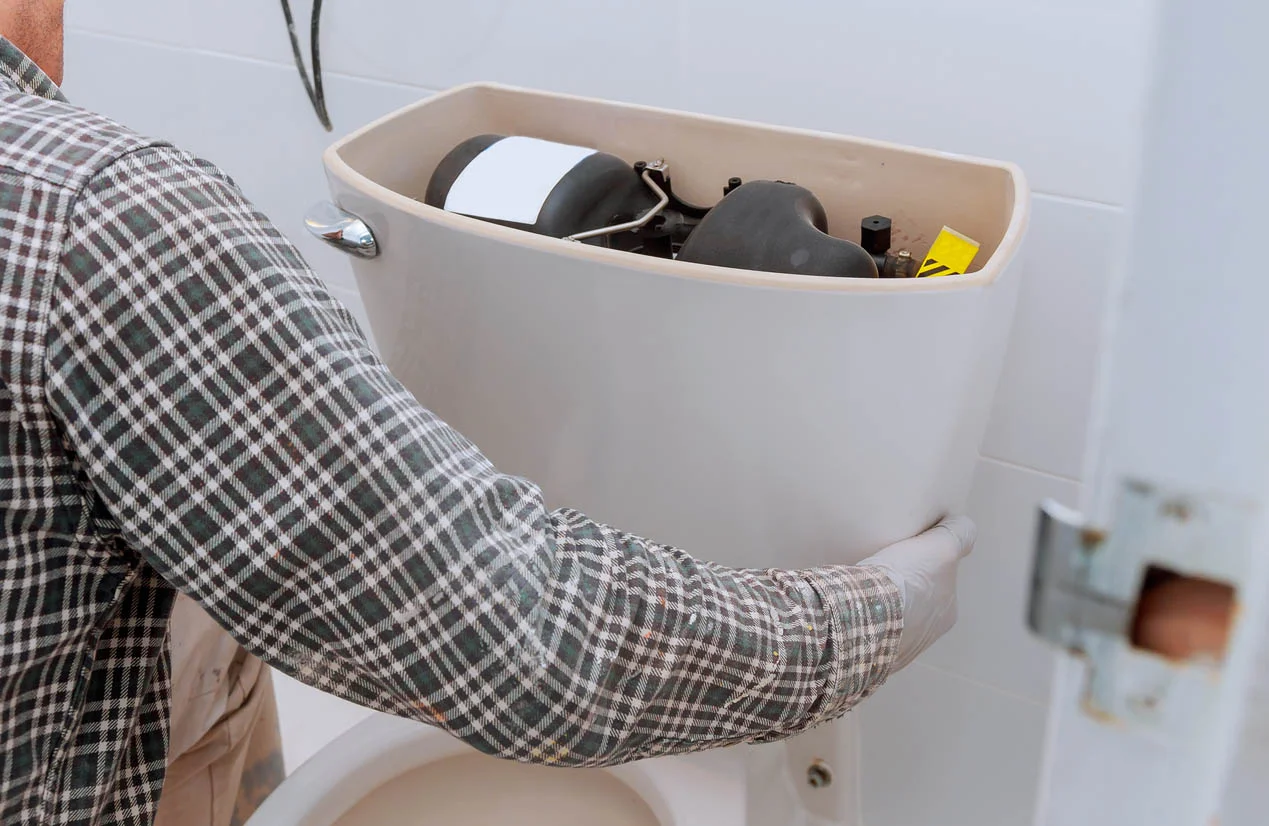
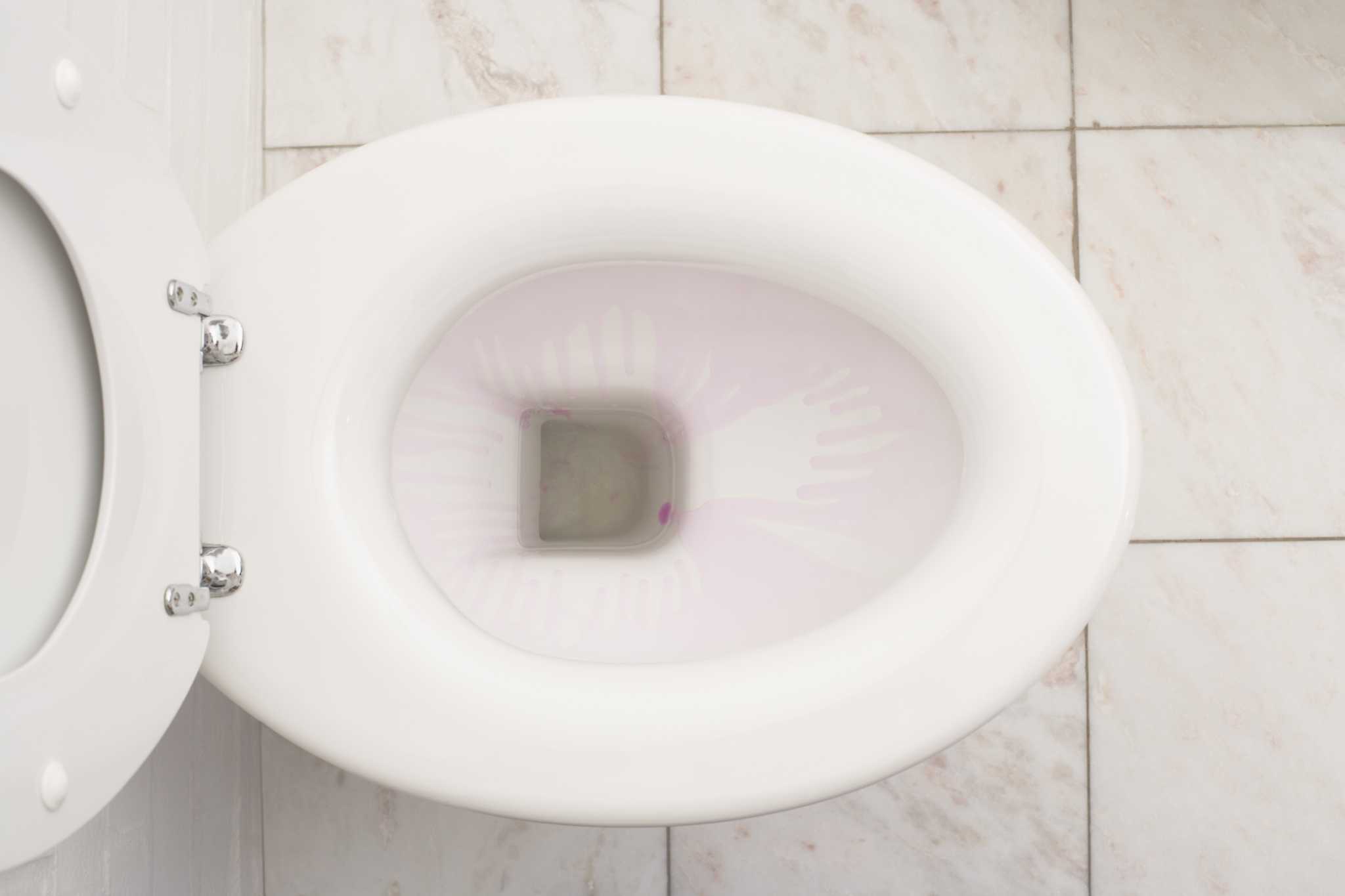
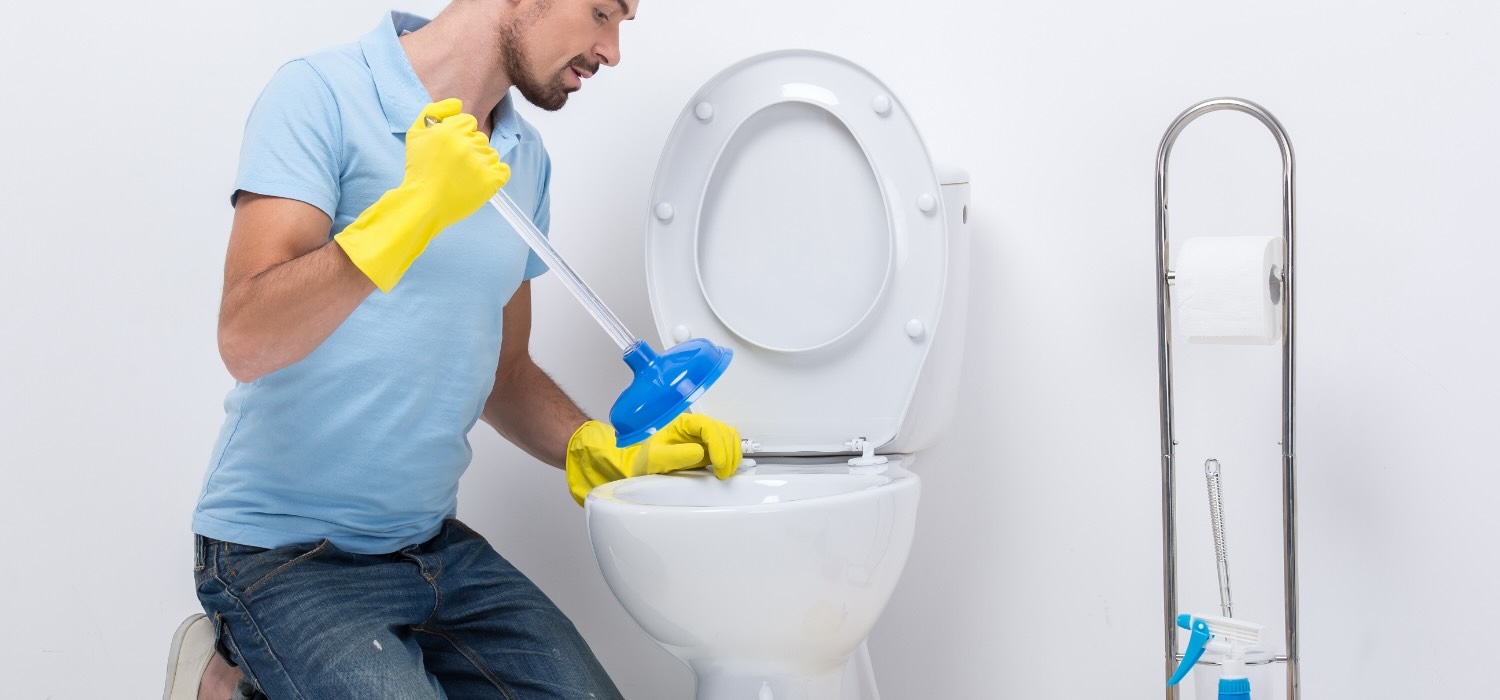
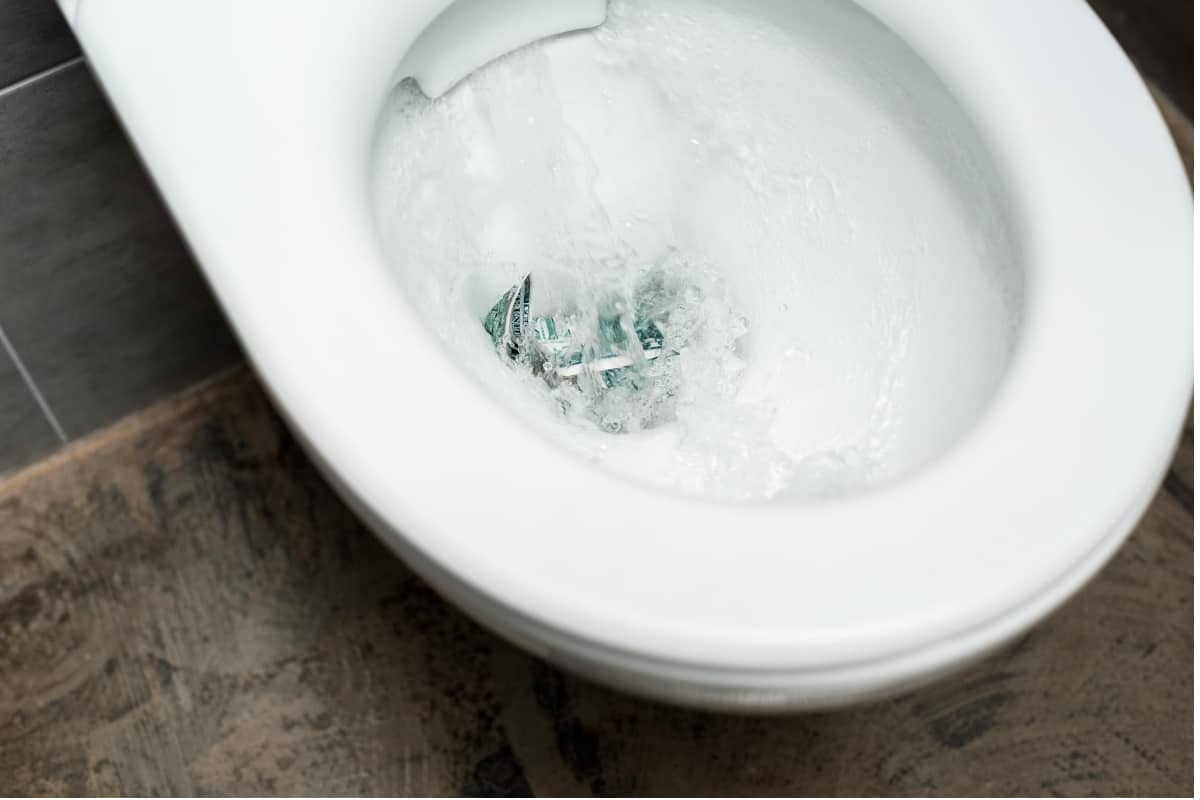
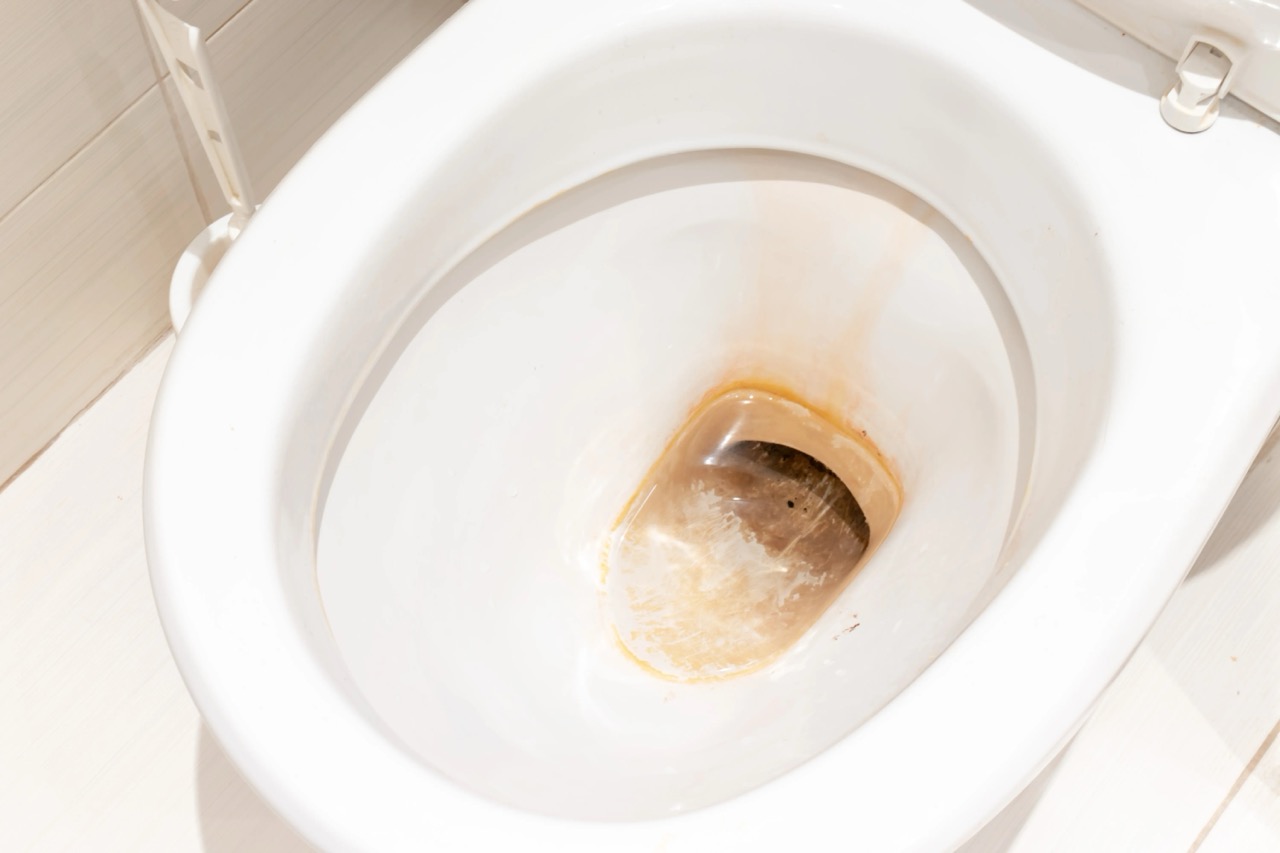
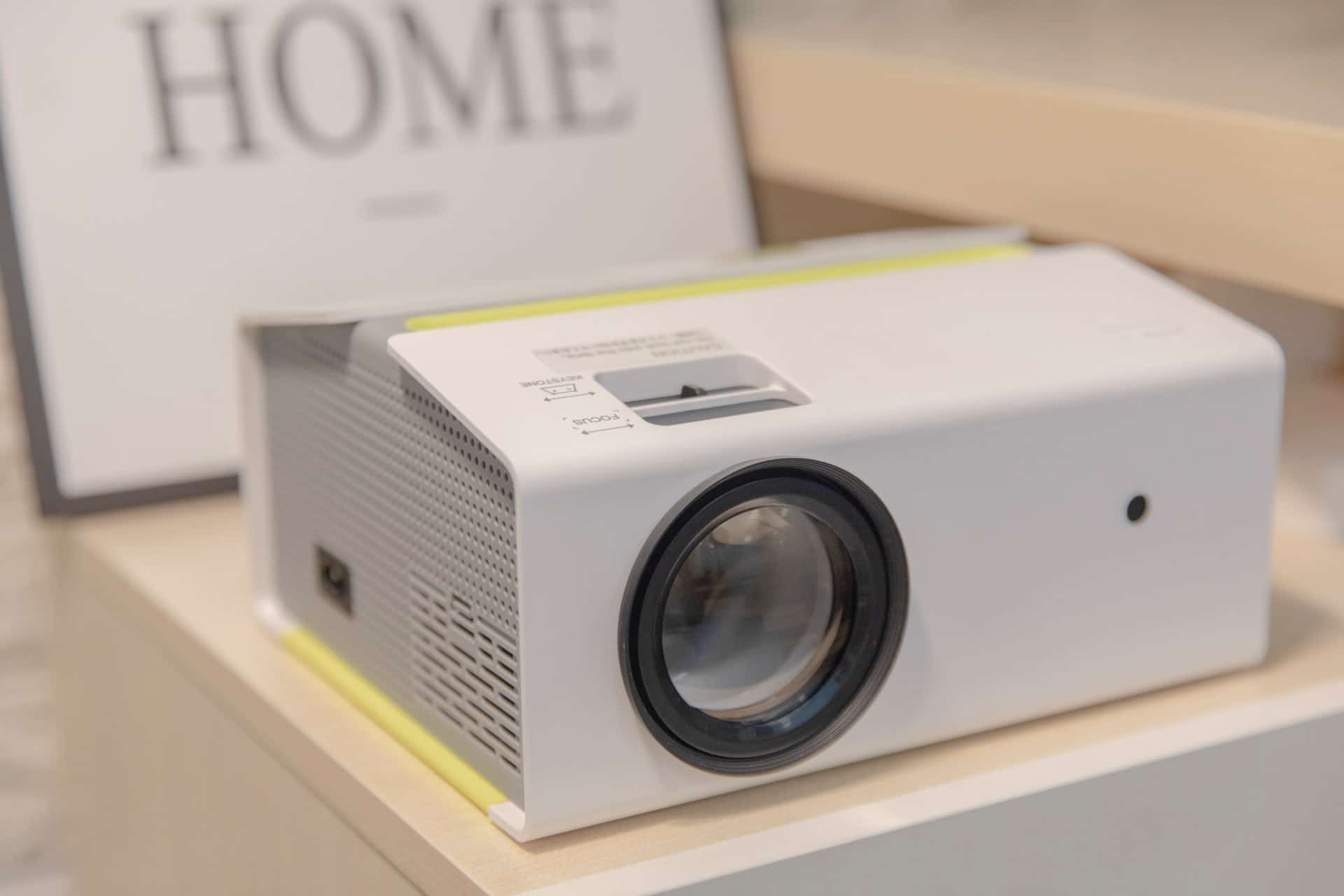
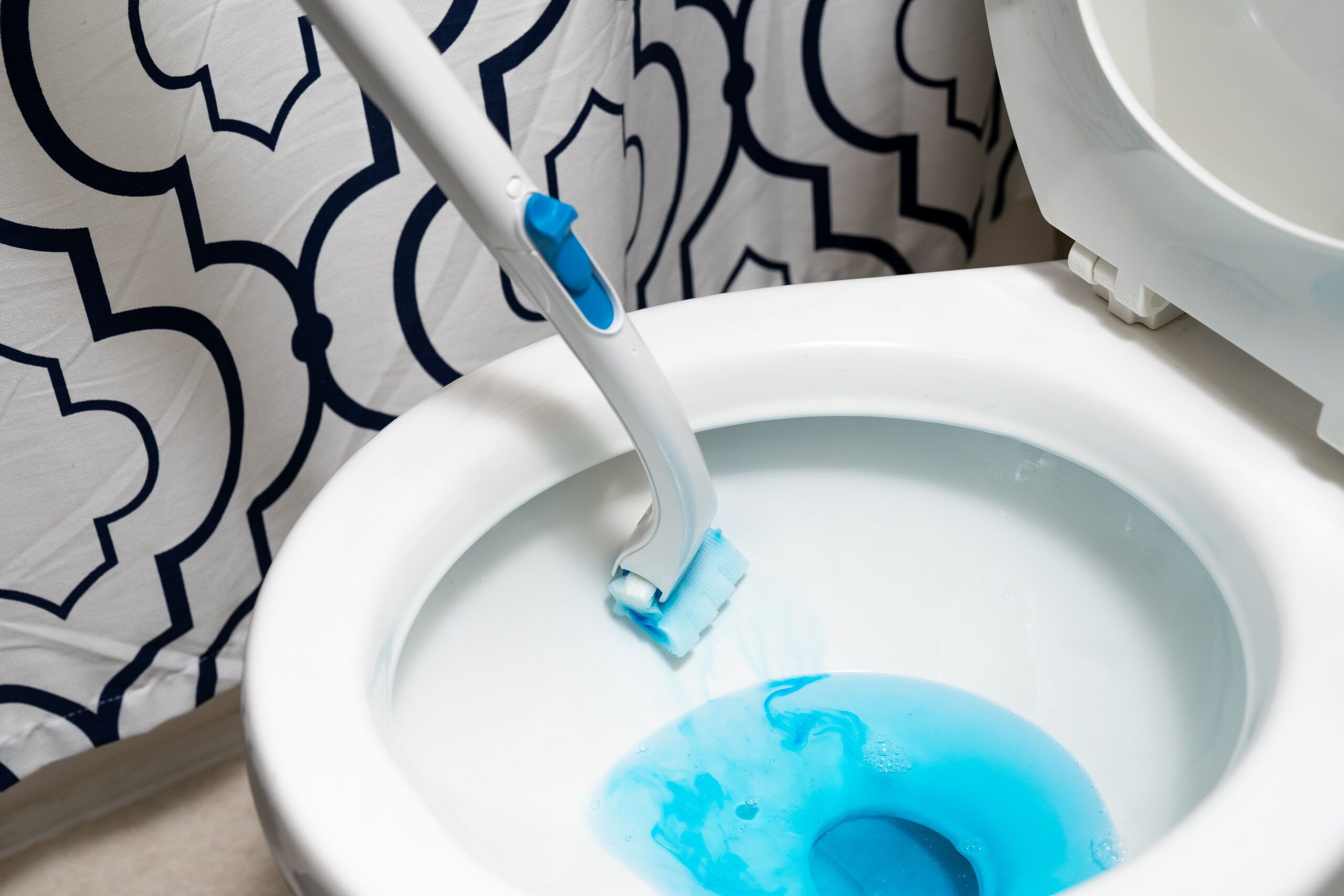
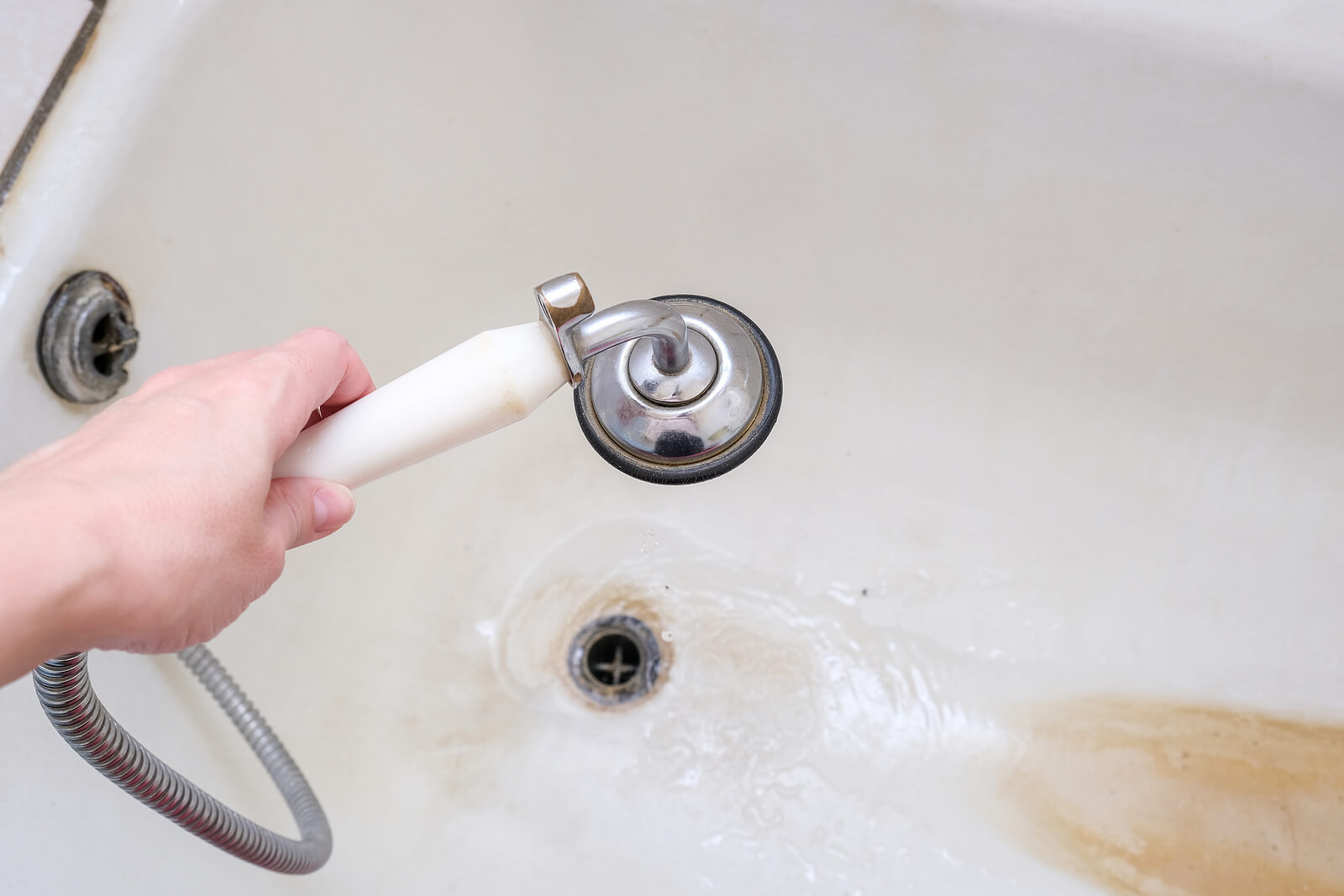
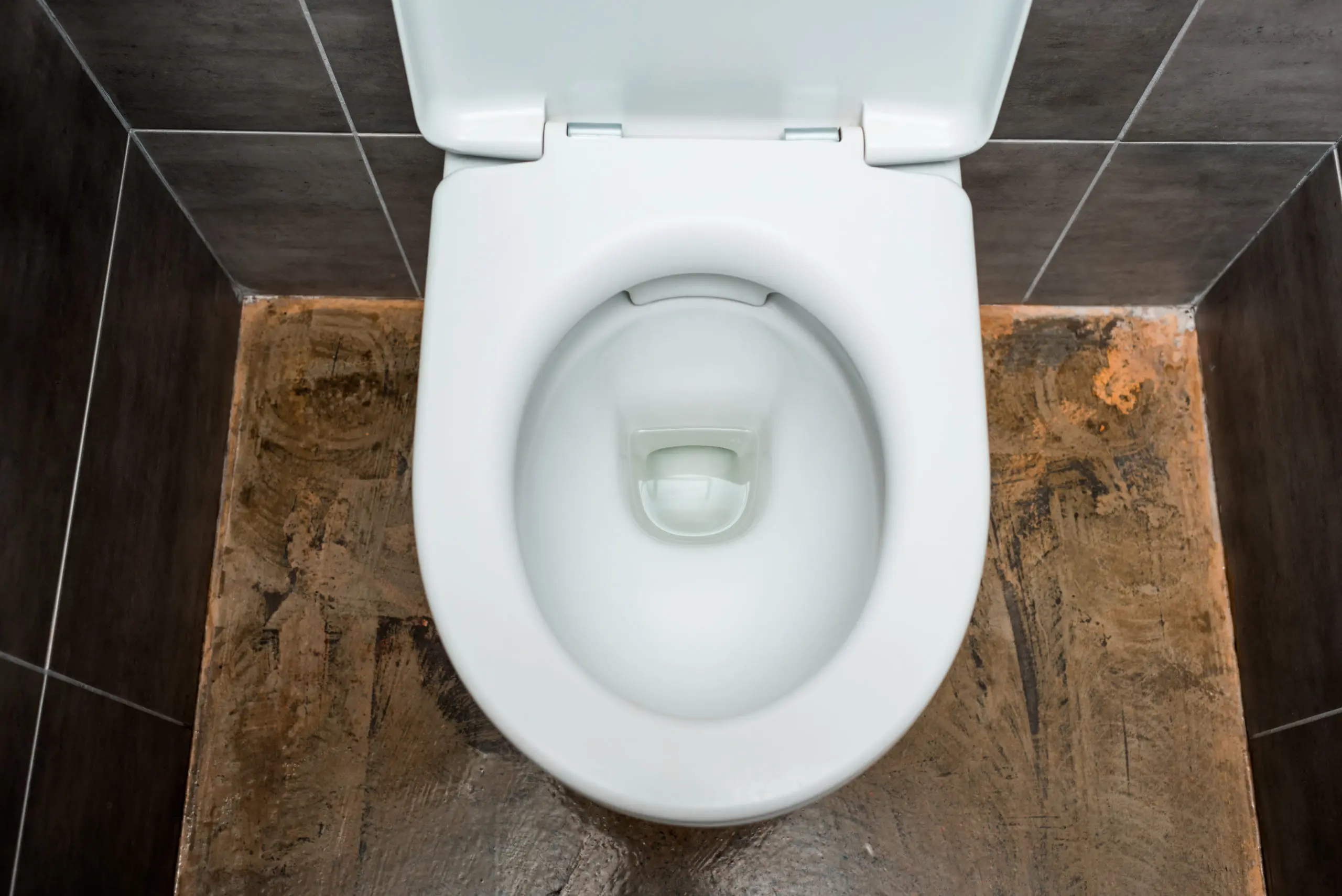
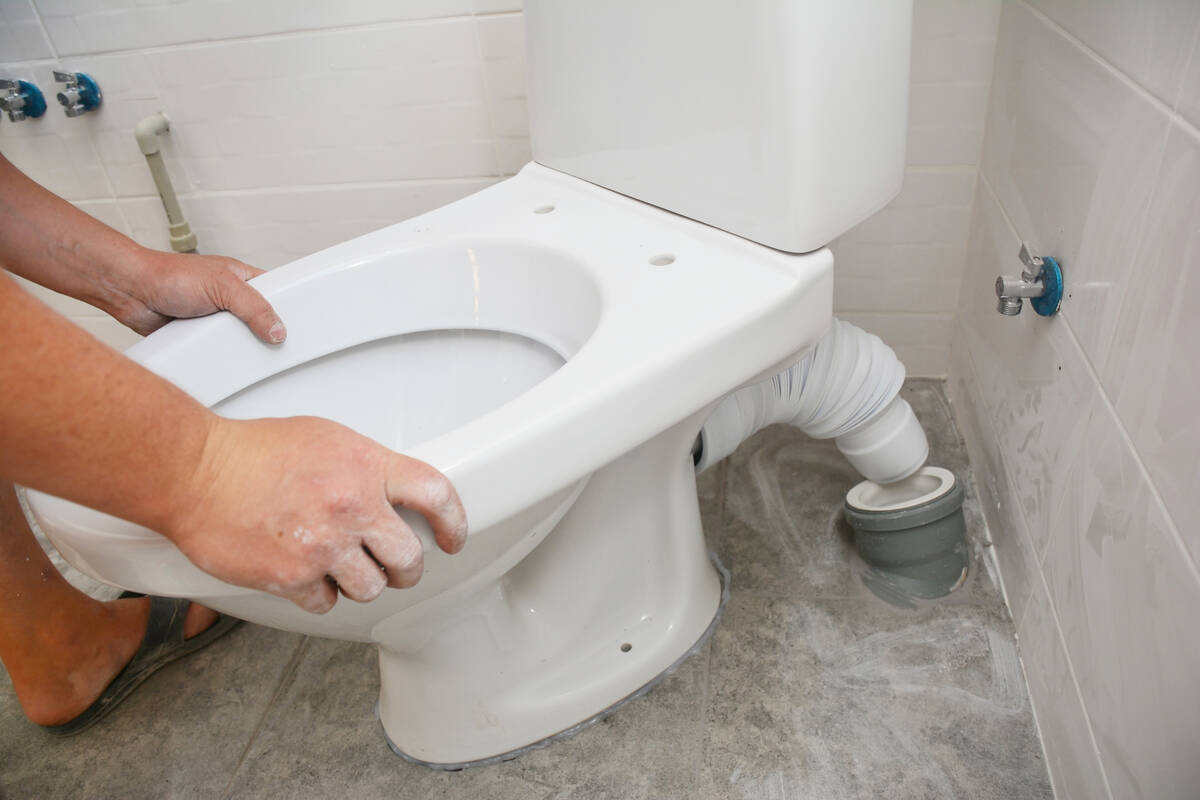
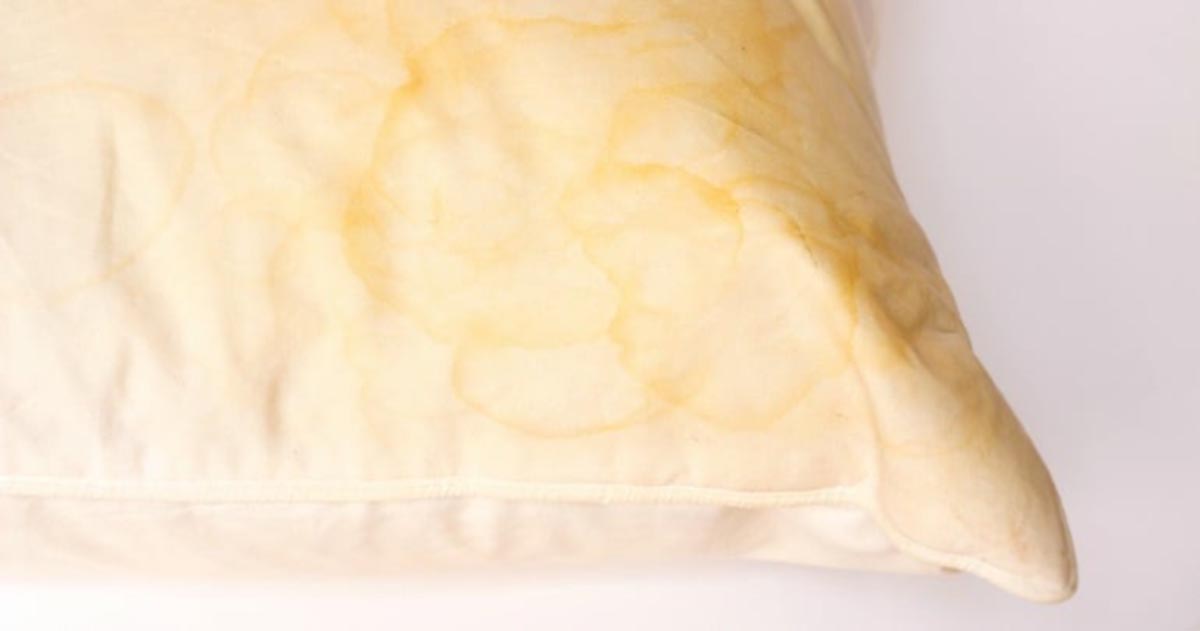

0 thoughts on “Why Is My Toilet Bowl Yellow”